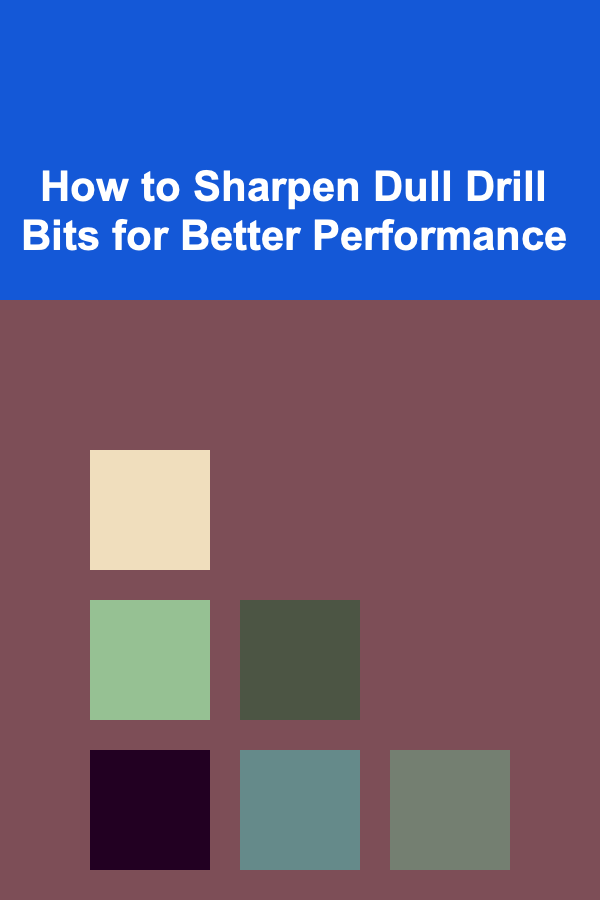
How to Improve Your Tennis Serve with Minimal Effort
ebook include PDF & Audio bundle (Micro Guide)
$12.99$9.99
Limited Time Offer! Order within the next:
Not available at this time

The tennis serve is often considered one of the most important shots in the game. It's the first shot of each point, giving you the opportunity to control the game from the very beginning. A strong, consistent serve can be a real weapon, but improving it can feel like a daunting task. While many players focus on intricate technical changes or try to add power through sheer effort, the truth is that you can enhance your serve with minimal effort by focusing on key areas that maximize your efficiency and technique.
In this article, we will explore effective strategies for improving your tennis serve with minimal effort. We will break down the fundamental components of a great serve, discuss the importance of technique and body mechanics, and provide actionable tips that will allow you to get the most out of your serve with less exertion.
Understanding the Key Components of a Tennis Serve
Before you can improve your serve with minimal effort, it's important to understand what makes a good serve. A great serve is a combination of power, accuracy, spin, and consistency. To achieve these, you need to pay attention to several key components:
1. Grip
The grip is the foundation of your serve, as it directly affects the spin, power, and control of the ball. There are a few common grips used for serving:
- Continental Grip: This is the most versatile grip, allowing you to generate both slice and topspin serves. It's also the best grip for minimizing effort while maximizing control.
- Eastern Grip: Used by players who want to focus on flat serves. While it provides less spin, it can be easier to generate power for those with good technique.
2. Stance
Your stance affects both the power and direction of your serve. The two most common stances are:
- Platform Stance: In this stance, your feet remain more or less stationary during the serve. It's commonly used by professional players because it allows for more balance and consistency.
- Pinpoint Stance: In the pinpoint stance, you bring your back foot forward as you serve. This motion can help generate more power but requires more effort and coordination.
3. Ball Toss
A consistent ball toss is critical for a reliable serve. An inconsistent toss will force you to make last-minute adjustments, which wastes energy and reduces your effectiveness. Aim to toss the ball slightly in front of you, around the 2 o'clock position (for right-handed players), and just high enough to allow for full extension on your serve.
4. Body Rotation and Weight Transfer
A serve that relies solely on arm strength will tire you out quickly. Instead, focus on using your whole body. Proper body rotation and weight transfer are key to generating power and reducing strain on your shoulder and arm.
- Hip Rotation: Begin your serve by rotating your hips, which will naturally help propel the racket forward.
- Leg Drive: Push off from your legs, transferring your weight upward and forward as you serve.
5. Follow Through
The follow-through allows your body to decelerate naturally after the serve, preventing injuries and maintaining balance. A smooth, controlled follow-through ensures your energy is directed efficiently and helps you avoid unnecessary strain.
Tips to Improve Your Tennis Serve with Minimal Effort
While the technical components of the serve are essential, there are several ways to improve your serve with minimal effort. These methods focus on refining your technique and maximizing the energy you put into each motion.
1. Focus on Fluidity, Not Power
One of the biggest mistakes players make is trying to generate excessive power in their serve, which leads to tension, loss of control, and wasted energy. Instead, focus on a fluid, relaxed motion. A smooth, effortless serve is often more effective than a powerful, stiff one.
- Relax Your Grip: Tension in your grip can cause unnecessary strain and reduce the efficiency of your serve. Try to maintain a relaxed, loose grip, especially during the toss and swing.
- Focus on Rhythm: Instead of focusing on power, concentrate on the rhythm of your serve. A relaxed, fluid rhythm helps generate consistent results with minimal effort.
2. Use Your Legs and Core More
To reduce strain on your shoulder and arm, use your legs and core muscles to generate power. This minimizes the amount of energy required from your upper body and allows you to hit a more effective serve.
- Leg Drive: Push through your legs as you serve, transferring your body weight upwards and forwards. This will help generate power without relying on your arm alone.
- Core Engagement: Your core plays a crucial role in stabilizing your body and transferring energy during the serve. Engage your core to help stabilize your torso and provide balance while serving.
3. Optimize Your Ball Toss
An inconsistent ball toss can waste a lot of energy, as you'll need to adjust your body to compensate for a poor toss. To improve efficiency:
- Consistent Tossing Motion: Practice tossing the ball with the same height and trajectory every time. A consistent toss helps you position your body more effectively and allows you to make smoother, more controlled serves.
- Toss Placement: Aim to toss the ball slightly in front of your body, allowing for a natural swing. A toss too far behind you can lead to awkward positioning and wasted energy.
4. Work on Timing and Coordination
The timing of your serve is vital to reducing unnecessary effort. Proper timing ensures that each part of the serve works in harmony, allowing you to use your body's natural movement for maximum efficiency.
- Timing Your Racket Drop: When you begin your toss and serve motion, try to time the racket drop so that it happens naturally as you bend your knees. This prevents you from forcing the racket swing and reduces energy expenditure.
- Fluid Motion: Aim to develop a fluid, coordinated motion in your serve. By ensuring that each part of the serve flows into the next, you can minimize tension and use energy efficiently.
5. Work on Your Serve Speed Gradually
Improving your serve speed doesn't always require huge physical effort. Instead of focusing on raw power, aim to gradually increase your serve speed through technique refinement.
- Focus on Spin First: Adding spin to your serve can help with control and placement. By generating spin, you create more movement on the ball, which can make your serve more effective without requiring additional power.
- Increase Speed Through Technique: As you improve your body rotation, leg drive, and racket motion, you'll notice your serve speed increasing without needing to consciously try to hit the ball harder. Focus on technique, and speed will follow naturally.
Incorporating Serve-Specific Drills
To improve your serve with minimal effort, it's important to practice regularly. The following drills will help you build strength, coordination, and consistency without requiring excessive physical exertion.
1. Shadow Serving
Shadow serving involves practicing your serve motion without a ball. Focus on form, body rotation, and fluidity while imagining the movement of the ball.
- Benefits: This drill helps engrain the proper mechanics without tiring yourself out. You can focus on each phase of the serve---grip, toss, swing, and follow-through---while minimizing the physical load.
2. Toss and Catch Drill
In this drill, toss the ball into the air and catch it with your non-dominant hand, ensuring that your toss is consistent and at the right height.
- Benefits: The toss and catch drill trains your hand-eye coordination and helps perfect the timing and placement of your ball toss.
3. Target Serving
Place targets on different parts of the service box and aim to hit them with various serves. Start with easier targets and gradually move to smaller, more challenging ones.
- Benefits: This drill helps develop accuracy and control, which reduces the need for excessive power. By focusing on placement, you'll learn how to serve efficiently without relying on raw force.
Conclusion
Improving your tennis serve with minimal effort doesn't mean sacrificing power or effectiveness. By focusing on proper technique, body mechanics, and efficient energy transfer, you can create a serve that is powerful, consistent, and easy to execute. Remember to prioritize fluidity and rhythm, use your legs and core to generate power, and optimize your toss for maximum efficiency.
With regular practice and attention to detail, your serve will naturally improve, requiring less energy and producing better results. Tennis is a game of precision and control, and a well-executed serve can set the tone for the rest of your match.

Effective Strategies for Lowering Banking Fees and Saving Money
Read More
How to Find Inspiration for Minimalist Living
Read More
How to Organize Your Home Renovation Timeline for Efficiency
Read More
How to Sharpen Dull Drill Bits for Better Performance
Read More
Creating a Debt Repayment Plan for FIRE (Financial Independence, Retire Early)
Read More
10 Tips for Solving Jigsaw Puzzles Faster
Read MoreOther Products

Effective Strategies for Lowering Banking Fees and Saving Money
Read More
How to Find Inspiration for Minimalist Living
Read More
How to Organize Your Home Renovation Timeline for Efficiency
Read More
How to Sharpen Dull Drill Bits for Better Performance
Read More
Creating a Debt Repayment Plan for FIRE (Financial Independence, Retire Early)
Read More